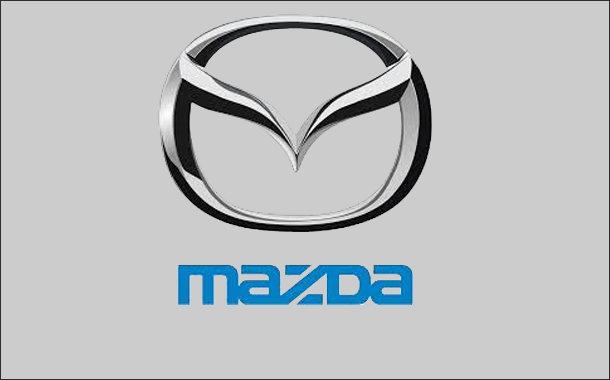By Alysha Webb, Editor and Publisher
Dealership facility upgrades are an ongoing point of contention between manufacturers and dealers. The investment can be big, the return uncertain. The potential need to invest millions in a dealership building can also throw cold water on a buy-sell deal. But not investing can also hurt the value.
Mazda dealers may be facing that dilemma now. Mazda has a new design language for its dealerships. The first store featuring the new styling just opened in Everett, Wash. Of course the owner of that dealership says he’s happy with the change. But will “upgrading” your Mazda dealership improve the deal you get if you decide to sell?
“It all depends on the specifics of the program,” Adam Lawyer, senior manager at DHG Dealerships told Automotive Buy Sell Report. “The value of a dealership is based on return on investment [ROI], and many times an upgrade doesn’t increase your ROI.”
But he added, “If a buyer comes to buy a store that is not factory image compliant, that may be detrimental to the value because the factory may require that the buyer agree to bring the facilities into compliance before they approve an ownership transfer.”
Evolving design
Mazda’s newest dealership look is dubbed “Retail Evolution.”
First introduced in mid-2014, it aims to project “a much more premium atmosphere” than the current design language, Mazda North America Operations spokesman Jacob Brown told Automotive Buy Sell Report. The colors are red and black. The materials, including wood, cloth, and steel-finish metal, aim for an “upscale vibe. Every touch has to be premium,” said Brown.
The current Retail Revolution design, which was introduced in 2003, used green and orange highlights and corrugated metal which “spoke to a different buyer than what Mazda is currently aiming at,” he said.
Mazda says it designed the new look to be modified from the Retail Revolution design in a way that would minimize costs. Also, dealers can source design materials locally to keep costs down.
The automaker won’t say what perks dealers receive for redesigning their stores. “Mazda is working with dealers on a case-by-case basis to contribute monetarily as well as with sourcing materials,” said Brown.
Make the Manufacturer Quantify!
Factory image programs, as the dealership design schemes are usually dubbed, have an uncertain return, according to a report consultant Glenn Mercer put together for NADA several years ago. The report recommended dealers ask automakers to explain how the design change would help their business.
Mazda’s Retail Evolution program would fall into what the NADA Factory Facilities Programs: Phase 2 report would classify as “Modernization.” The report found that ROI for modernization was negative over the three to five year time period.
Said the report: “Dealers should therefore, in these cases, ask to see clearly quantified economics from their OEMS that explain just how a particular change will help business. And the explanation should be as quantified as possible, not just assertions such as “customers will love it!””
The amount of investment Mazda’s Retail Evolution will require is uncertain, and will vary from store to store. Given that uncertainty, it is probably better to make the upgrades before trying to sell, Brad Carter, a principal at Greystone Evaluation Services Inc., and author of A Guide to Appraising Automobile Dealerships, told Automotive Buy Sell Report.
“If the buyer has concerns about having to make a big investment in the property, I would far prefer to have the seller do it,” he said.
On the other hand, the buyer may want to make more changes than the seller does, pointed out Ira Silver, principal at MBAF LLC. So the buyer may want to include the potential cost of the upgrade into the negotiation, then do the upgrade after the sale.
“It gives you [the buyer] the ability to negotiate a better deal for yourself and help you to build the kind of facility you want,” said Silver.
Of course, the need for the upgrade depends on how determined the manufacturer is to force a particular store to make changes. And Mazda doesn’t seem very hard core on that point.
Peter Hoffman, owner of Sierra Mazda in Monrovia, Calif. didn’t even know about the new Retail Evolution program. “They haven’t sent us anything,” he said. Hoffman didn’t remodel his dealership to match the Retail Revolution design and was never pressured by Mazda to do so, he told Automotive Buy Sell Report.
“They were very non-proselytizing,” said Hoffman.
Mazda will likely offer some additional cash to dealers who do make the changes now, he said, but dealers who didn’t do the Retail Revolution program still received some money based on adequacy of their facility.
Hoffman figures a new dealership look won’t necessarily sell more cars anyway.
“I am a subscriber to ‘the stadium never wins the football game,”” he said.











